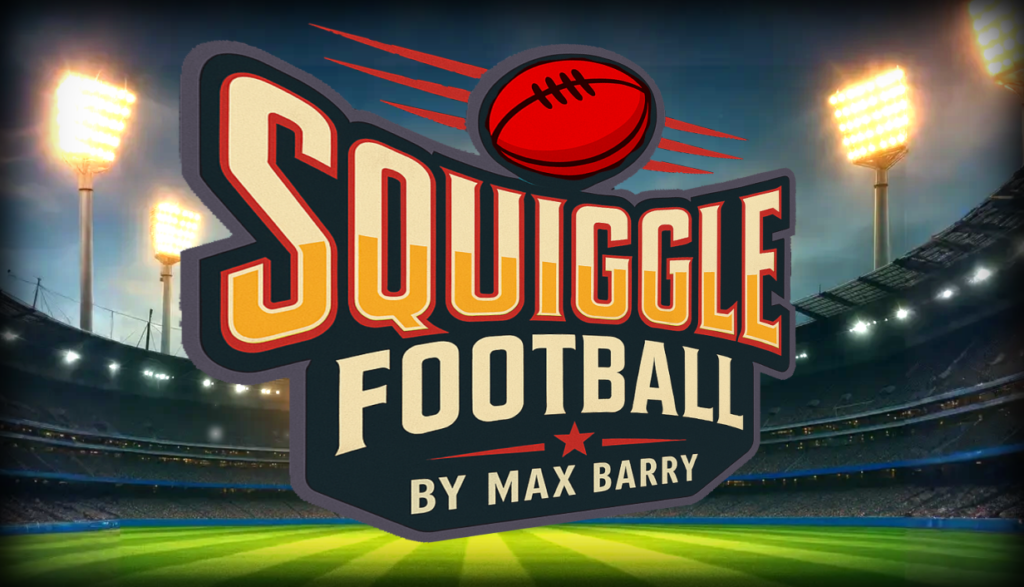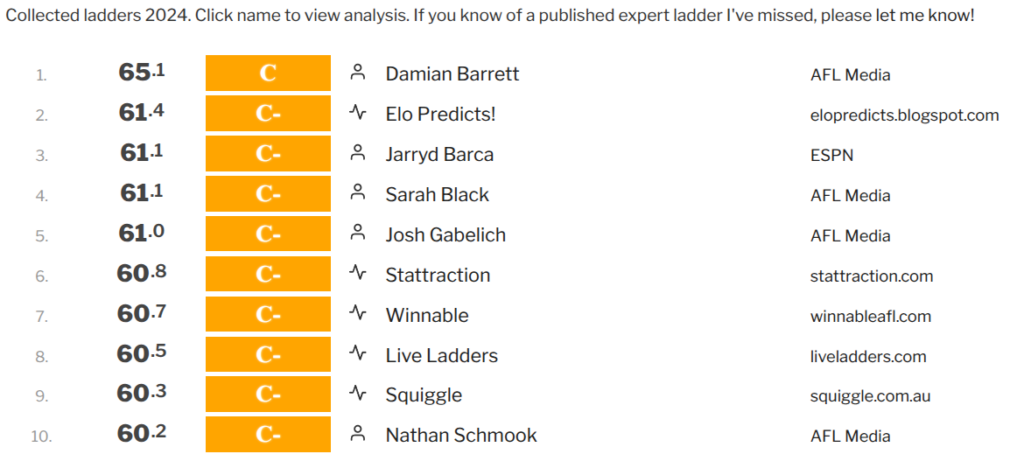You can’t develop a game all by yourself, they said. The market for video games based on Australian Rules Football is too small, they said. Don’t you have a real job you’re supposed to be doing, they said. Well HA! Check it out!
As of Aug 14, 2025, the game is now available to purchase on PC, Mac, Linux for A$24.95. If you get in quick, there’s a launch discount.
Buy Squiggle Football on Steam
Please show your support by buying the game, playing the demo, or wishlisting! And tell your friends.
Special Thanks: This game has had exactly 1 play-tester, my friend Wild Pete. I just checked and he has 208 hours played. So either he’s very dedicated or he really likes the game. Maybe both. Thanks Wild Pete! I made lots of great changes thanks to your constant criticism.







